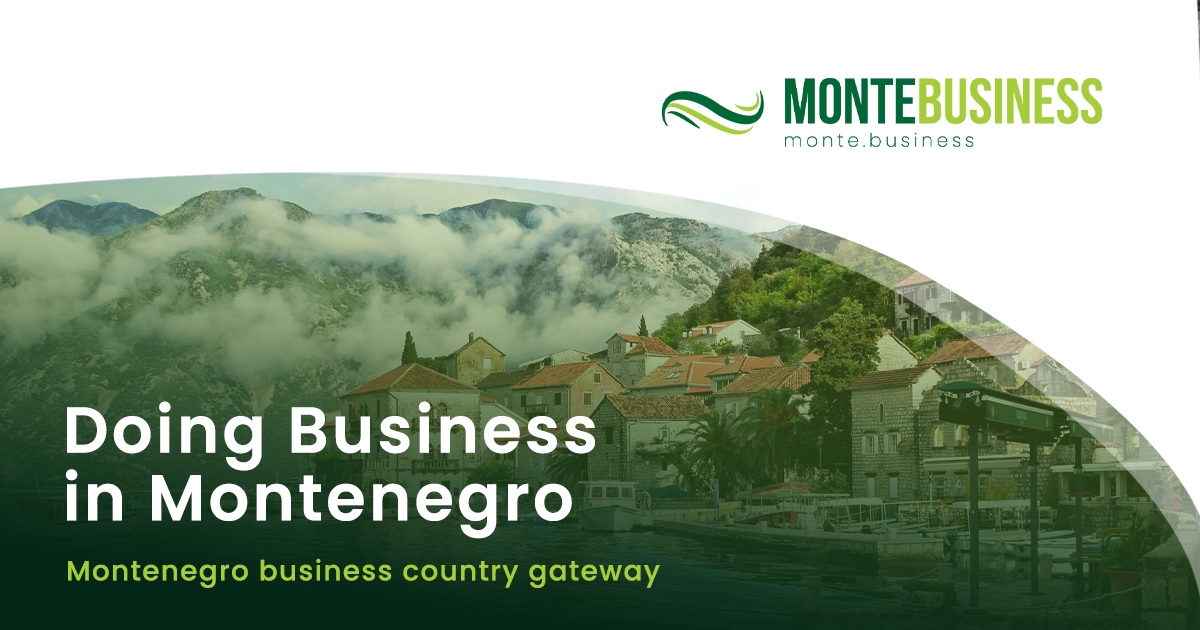Montenegro’s European Union (EU) integration process is profoundly influenced by EU-led initiatives and mechanisms. These efforts are pivotal in aligning Montenegro’s legislation and practices with EU standards, enhancing democratic institutions, fortifying the rule of law and fostering economic competitiveness and sustainable development. The utilization of these mechanisms is crucial for advancing Montenegro’s EU integration.
Summit in Montenegro: “One region, common vision”
In May, Montenegro hosted a significant Summit of Western Balkan leaders. The Prime Minister of Montenegro inaugurated the event, which centered on the European Commission’s recently adopted Growth Plan for the Western Balkans. The Summit saw participation from Western Balkan leaders, EU and US representatives—including the European Commissioner for Neighbourhood and Enlargement and the US Assistant Secretary of State for Europe and Eurasia—as well as key international organizations like the Regional Cooperation Council, EBRD, World Bank and others.
The Summit’s focus was on enhancing regional cooperation, economic advancement, and integration within the Western Balkans, aligning with the Growth Plan’s objectives. The discussions provided a platform for regional leaders to exchange views on development strategies, reform processes, and ways to strengthen economic cooperation and regional progress.
Understanding the Growth Plan
The European Commission’s Growth Plan for the Western Balkans, adopted in November of the previous year, aims to bring the region closer to the EU by offering pre-accession benefits, boosting economic growth, and accelerating socio-economic convergence. The plan provides €6 billion in support from 2024 to 2027, with €2 billion allocated as grants and €4 billion as concessional loans. Half of this amount will be channeled through the Western Balkan Investment Framework, while the remaining funds will be provided as favorable loans.
The Growth Plan is structured around four key pillars:
- Enhancing economic integration with the EU single market: This includes improving the free movement of goods, services, workers, and access to SEPA, among other areas.
- Boosting regional economic integration: Through the Common Regional Market.
- Accelerating fundamental reforms: Targeting sustainable growth, regional stability and EU integration fundamentals.
- Increasing financial assistance: Via the Reform and Growth Facility for the Western Balkans.
Montenegro’s access to this funding depends on its Reform Agenda, which was submitted to the European Commission in December 2023. This agenda outlines the country’s plans for implementing reform measures over the next four years. Montenegro is allocated €413 million from the Growth Plan, with €137 million in grants and €275 million in favorable loans. The funds are contingent on meeting specific reform criteria related to public policy, rule of law, and human rights. Failure to meet these conditions could lead to a reallocation of funds.
Montenegro’s proposed projects under this plan aim to enhance the business environment by improving state-owned enterprise management, public procurement processes, and tax policies. Additionally, Montenegro is applying for SEPA membership, which is expected to save around €500 million annually.
Regional relations and the Srebrenica Resolution
Montenegro’s external relations have been notably impacted by its vote for the UN General Assembly Resolution on the Srebrenica genocide. This resolution, initiated by Germany and Rwanda, was a contentious issue within the Western Balkans. Despite regional pressures and internal disagreements, Montenegro supported the resolution, emphasizing the importance of acknowledging past atrocities to prevent future occurrences.
Montenegro proposed two amendments to the resolution to address concerns about collective guilt and ensure the text recognized the importance of coexistence in Bosnia and Herzegovina. These amendments were accepted but modified. Serbia’s negative reaction to Montenegro’s vote highlights ongoing regional tensions, exacerbated by Montenegro’s previous decision to support Kosovo’s membership in the Council of Europe.
Conclusion
The Growth Plan for the Western Balkans is a critical mechanism for advancing Montenegro’s EU integration and economic development. While the plan offers substantial financial support, its success hinges on Montenegro’s ability to effectively implement the proposed reforms. The commitment of Montenegro’s public administration and its capacity to manage and utilize these funds will be pivotal in bridging the development gap between the EU and the Western Balkans.








